Towards successful policy coherence for biodiversity and climate – Learning from case studies
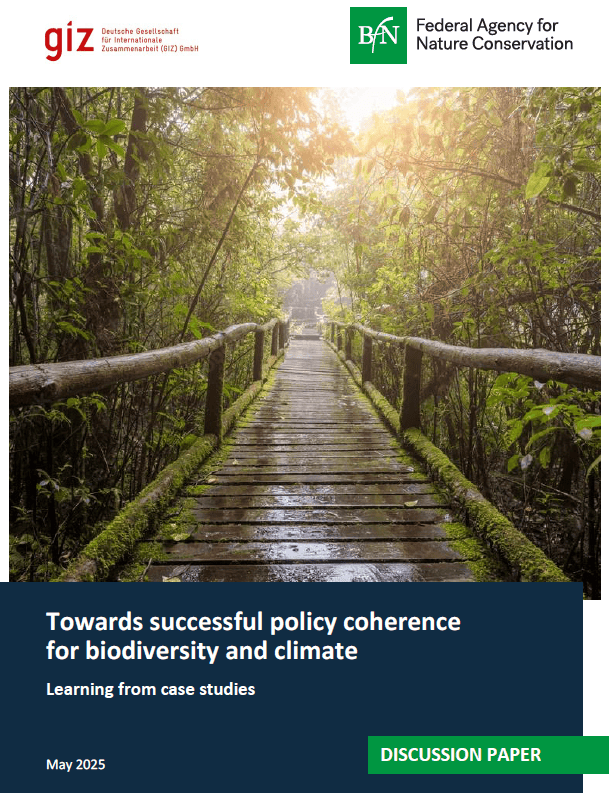
The paper primarily addresses national policy makers engaged in climate and biodiversity policy. It presents concrete case studies on enhancing policy coherence for biodiversity and climate from across the globe and across different governance levels.
Making climate protection strategies work: Good practice examples
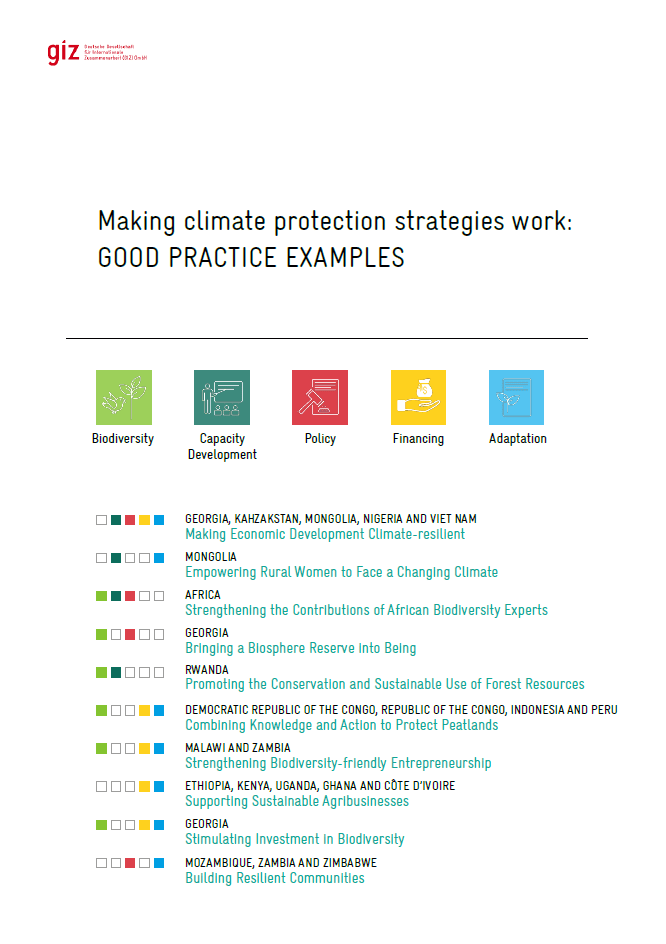
This publication contains ten factsheets presenting good practices focussing on climate change adaptation and biodiversity conservation that have been successfully implemented and can be adapted or replicated in similar contexts.
Comparative Analysis of the Existing Criteria, Principles and Safeguards for the Implementation of Nature-Based Solutions – Background note by IISD and GIZ
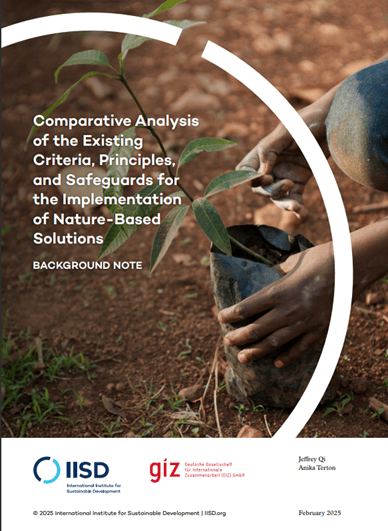
IISD and GIZ have developed a background note analyzing two key international standards and guidelines of high relevance for Nature-based solutions. It compares their principles, safeguards, and implementation requirements and shows similarities, differences, and gaps, as well as the interrelationships and commonalities between the two existing international standards.
Guía didáctica para el uso del cuento: bajo la sombra de los almendros se vive mejor
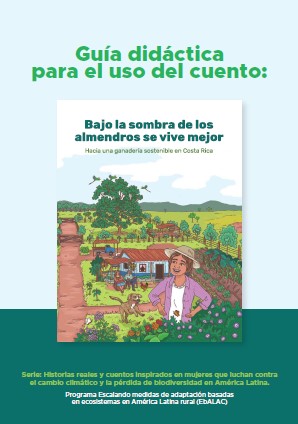
En 2024, EbA LAC elaboró los primeros textos de la serie: Historias reales y cuentos inspirados en mujeres que luchan contra el cambio climático y la pérdida de biodiversidad en América Latina, para ser usados en procesos de capacitación, difusión de información y empoderamiento en temas claves como: cambio climático, pérdida de biodiversidad, cuidado del agua y del medio ambiente, desigualdades en los impactos sobre mujeres y hombres, equidad de género, ganadería y producción sostenible, gestión y acción colectiva comunitaria en estos contextos.
Con la difusión de estos materiales, EbA LAC quiere dar la oportunidad a otras mujeres, a jóvenes – y hombres – de aprender de las experiencias de las protagonistas que muestran que existe la posibilidad de lograr cambios y ofrecen herramientas concretas para construir un futuro más sostenible y resiliente al cambio climático con iniciativas comunitarias. El factor de éxito que comparten las historias es la existencia de mujeres fuertes, capacitadas y empoderadas para liderar estos cambios.
Bajo la sombra de los almendros se vive mejor: Hacia una ganadería sostenible en Costa Rica

Bajo la sombra de los almendros se vive mejor: Hacia una ganadería sostenible en Costa Rica es una guía práctica y motivadora que empodera a mujeres rurales, jóvenes y grupos de personas productoras a enfrentar los desafíos del cambio climático y la pérdida de biodiversidad. A través de historias reales y estrategias efectivas, este material ofrece herramientas para construir un futuro más sostenible y resiliente al cambio climático.
Este libro es un homenaje a las mujeres que trabajan la tierra, cuidan el ganado, cultivan alimentos y transmiten conocimientos ancestrales con su labor. Es un reconocimiento a su valentía para organizarse, aprender y liderar cambios en la construcción de un futuro más equitativo y sostenible para todas y todos.
La ganadería en Costa Rica es una actividad de gran relevancia para el desarrollo de las zonas rurales, genera y distribuye bienestar económico y empleo a lo largo de todos los eslabones de las agrocadenas de la carne y la leche del país. Por eso, nos llena de orgullo y satisfacción afirmar que la ganadería costarricense es totalmente diferente de otros modelos a nivel mundial, ya que logramos desarrollar sistemas de producción sostenibles, en un entorno que permite la estabilidad del negocio, con seguridad jurídica y normas claras en torno a lo ambiental y lo productivo, lo que ha propiciado un ambiente que favorece la innovación.
Sistematización de modelos, conocimientos ancestrales, prácticas y técnicas del puebloMaya K’iche’
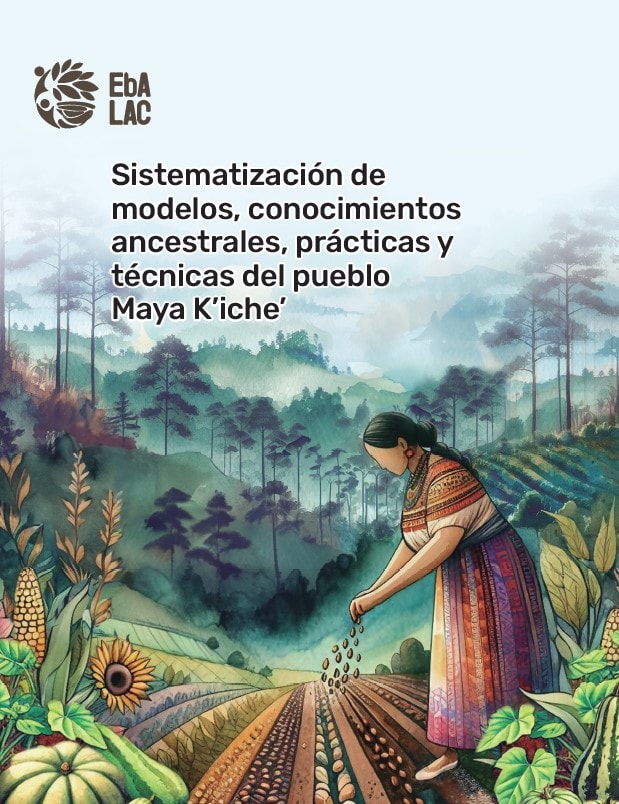
Sistematización de modelos, conocimientos ancestrales, prácticas y técnicas del pueblo Maya K’iche’Escalando
La “Sistematización del modelo de producción basado en los conocimientos ancestrales, prácticas y técnicas del pueblo maya K’iche’”. Es el resultado de la investigación realizada en el territorio del departamento del Quiché en los municipios priorizados por el programa.
Manual de buenas prácticas para la Adaptación basada en Ecosistemas – Visión del pueblo Maya K’iche’ –
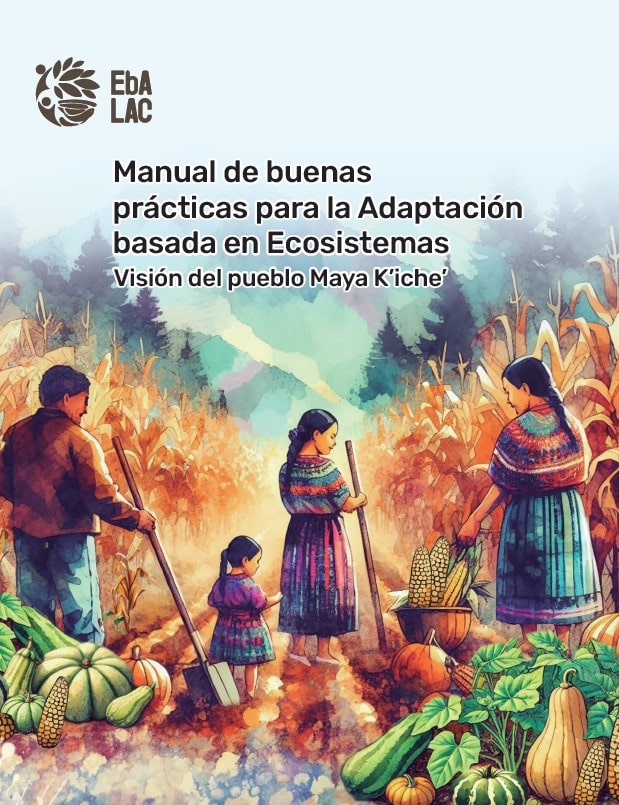
Manual de buenas prácticas para la Adaptación basada en Ecosistemas
– Visión del pueblo Maya K’iche’ –
Manual ilustrado con instructivo sobre buenas prácticas abe desde la visión del pueblo Maya K’iche’, es el resultado de la investigación e integración de los conocimientos ancestrales del pueblo Maya K’iche’ para desarrollar prácticas, fortalecer conocimientos y habilidades sobre la adaptación basada en ecosistemas, que han sido desarrollados en el territorio del departamento del Quiché en los municipios priorizados por Programa “Escalando Medidas de Adaptación basada en Ecosistemas en áreas rurales de América Latina” (EbA LAC).
Biodiversity Loss and Climate Change are also Gender Issues
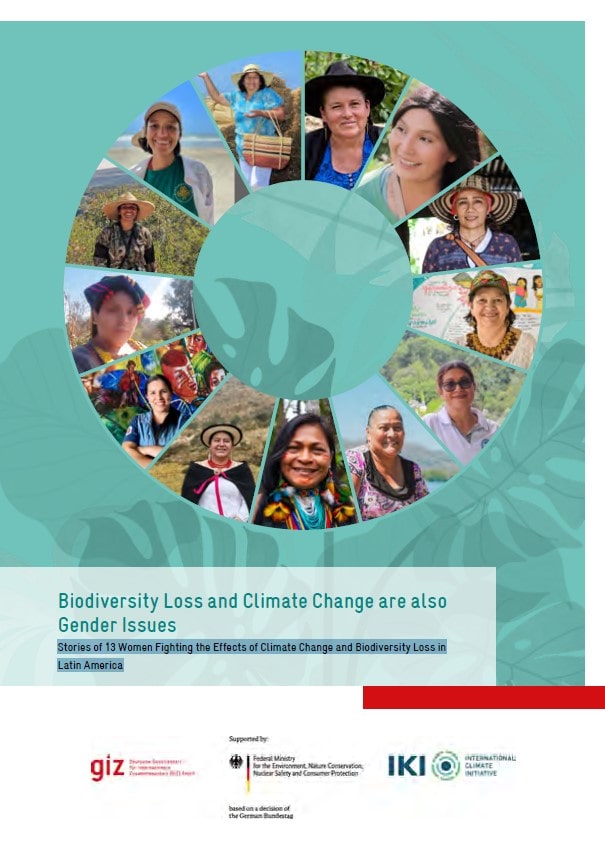
Stories of 13 Women Fighting the Effects of Climate Change and Biodiversity Loss in Latin America
The adverse effects of climate change continue to disproportionately affect women. However, amidst this crisis, there are countless inspirational stories of women committed to safeguarding biodiversity and advocating for a resilient and sustainable future.
In this series we explore thirteen stories of women across Latin America, from Mexico to Bolivia, who are asserting their rights and taking on leadership roles in ecosystem based adaptation within their local communities.
La pérdida de biodiversidad y el cambio climático también son una cuestión de género
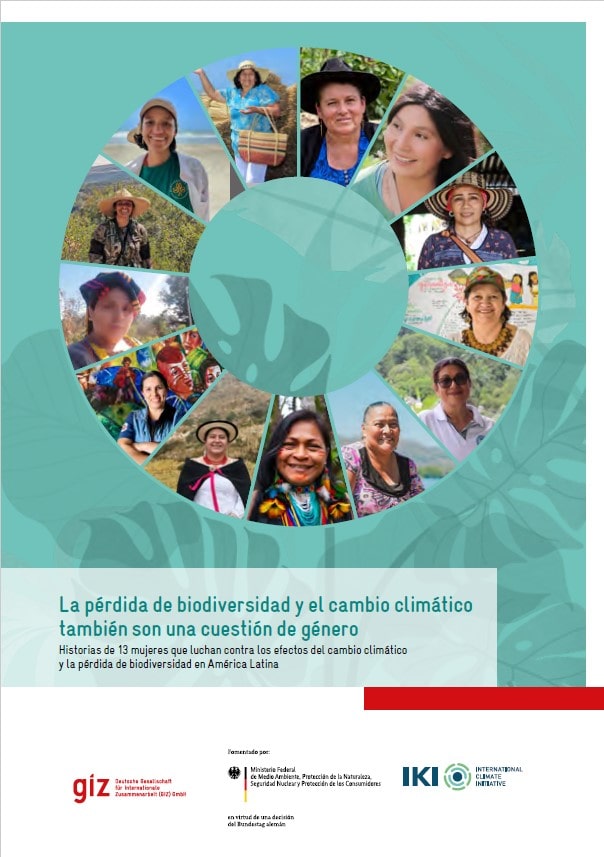
Historias de 13 mujeres que luchan contra los efectos del cambio climático y la pérdida de biodiversidad en América Latina
En esta serie exploramos trece historias de mujeres de América Latina, desde México hasta Bolivia, que ejercen sus derechos y actúan desde un rol de liderazgo en acciones de adaptación basada en ecosistemas a nivel local.
La adaptación al cambio climático en el sector financiero
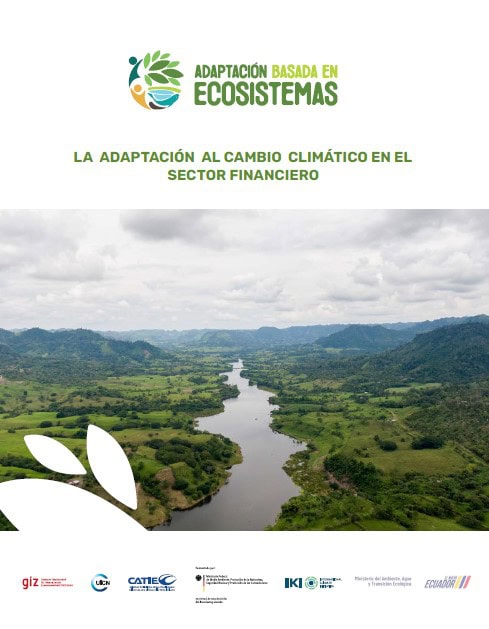
El documento “Adaptación al cambio climático en el sector financiero” explica como la integración de medidas de adaptación al cambio climático en productos financieros y de seguros tiene sentido desde un punto de vista económico.
